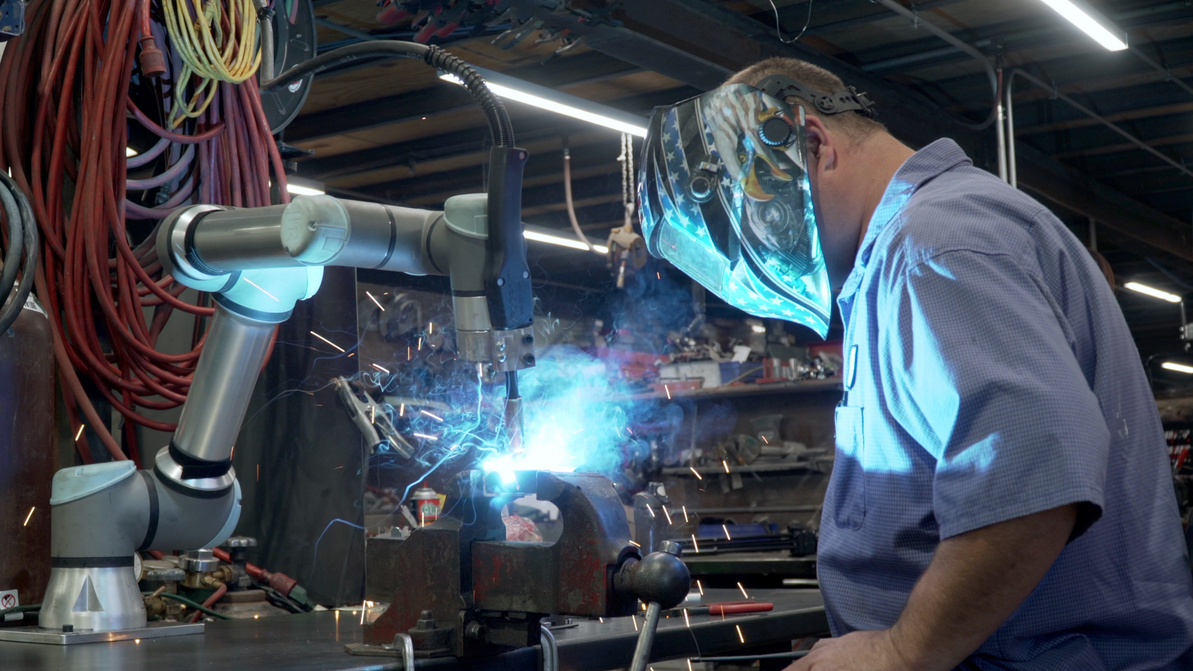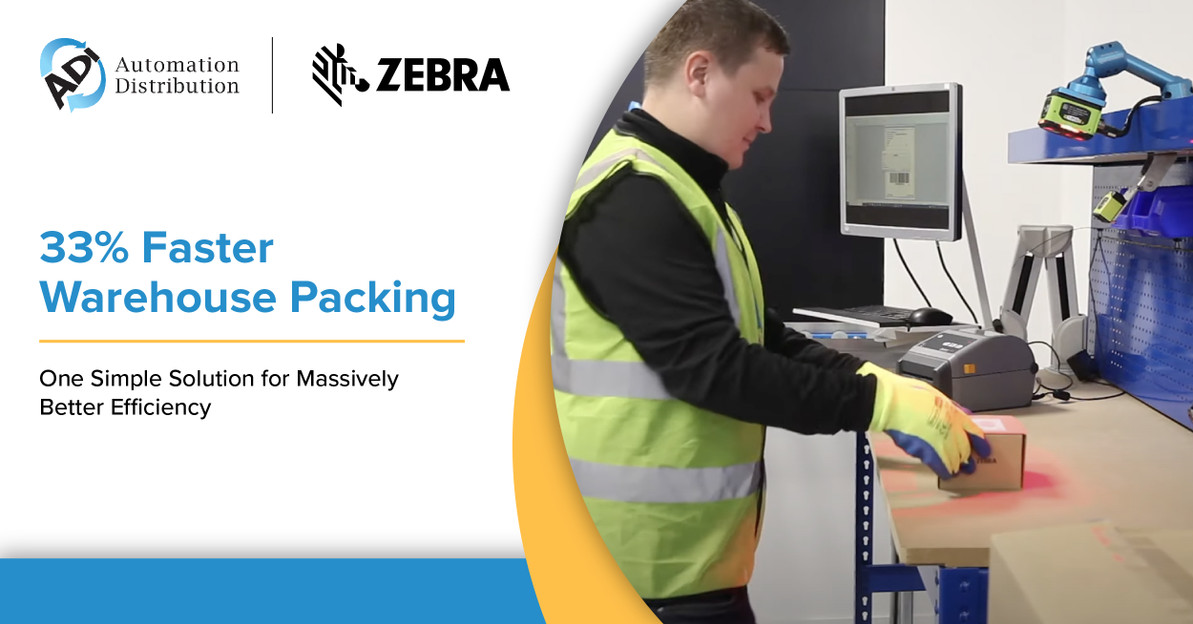Automating the Dull, Dirty and Dangerous
The end of Q3 2022 marks the third straight quarter that American manufacturers have increased their deployment of robots. The food and consumer goods industries saw an increase of about 13%, which has been attributed to a continual requirement to control rising demand for e-commerce logistics automation.
In addition to accommodating new logistical structures, collaborative robots are being positioned to increase overall output while lightening the physical and mental burden on human labor. “Researchers are beginning to realize that a future workplace dominated by robots and completely devoid of human workers is not only impractical but undesirable, for a number of reasons,” said Robert Radwin, a professor of industrial and systems engineering at the University of Wisconsin-Madison. “We envision a workplace where workers won’t be replaced by robots, but rather where robots will assist workers in their jobs. That’s our goal.”
In a number of projects, Radwin is developing plans for integrating collaborative robots, or "cobots," into manufacturing. In order to do this, he is working with businesses like Mercury Marine, GM, and Boeing, while taking into account ergonomics concerns and employment policy issues.
Cobots are intended to work alongside humans, as opposed to industrial robots that operate explicitly separately from human workers for safety reasons. They can conduct repetitive motions and move more slowly and with less power. They also have more sensors to prevent harm.
“Today employers are challenged to find employees,” said Radwin. “Right now, there’s a shortage of workers. It’s natural to think of trying to substitute workers with robots. But we think that, in fact, we can gain productivity and some of the benefits that employers are seeking by creating a better match between existing employees and automation. We get gratification from our work,” Radwin said, “and so that’s something that we think is an important aspect of creating jobs of the future that eliminate the bad stuff and enhance the good stuff, and at the same time improve productivity and make jobs better for workers, both physically and mentally.”
Radwin mentions early 1970s worries that the advent of ATMs would make bank employees obsolete. Instead, as bank branches have increased, so too has the workforce of tellers. It turns out that ATMs performed monotonous duties like cash dispensing, freeing up tellers to help customers with more complicated requests—the kind of work humans are still better suited to undertake. This made branch offices cheaper to run with fewer tellers.
The jobs that humans don't want to undertake can now be completed by automation. This idea is one that Panther Global Technologies is aware of. The Michigan-based manufacturer of camshaft assemblies has added a robot to their production line. They reasoned that it would be wiser to start the new hire with a different position given that machine tending applications sometimes include challenging circumstances. These are the steps they took to integrate a Universal Robot into their machine tending application. Watch the video below to see the repetitive task of hot metal rods in cooling fluids, which benefited from switching to automation.
The Universal Robots (UR10) with four parallel pneumatic grippers serves as the central component of the robotic cell. Two grippers each hold two bars, which they then move to the machine to pick up the final pieces with the two empty grippers. When this procedure is complete, the robot places the following set of components in the machine, and the machine cycle can begin. The final parts are placed in the box by the robot, and the cycle is complete.
To feed the robot, there is a feeding device. The robot's protective cover, however, is the cell's most amazing equipment. It is more of a robot-protective device than a sensing device. The integrator needed to safeguard the robot because the application works with heat and fluids. In order to ensure that everything will satisfy the necessary standards for dust or fluid penetration, you should consider the IP rating of the robot and gripper depending on the application.
When Panther Global Technologies began integrating this robotic cell, they lacked any robotic experience. Nobody there had ever installed or programmed a robot. They developed a working robot from design drawings in under 4 weeks. They handled everything quite well, including robot programming, robot installation, safety equipment, grippers, and machine interface. In order to complete the many purchase and integration procedures, they tapped on the expertise of their local distributor.
The business has increased its cycle time by 50% by incorporating this robotic cell. Changing from regular working times to 24-hour shifts, which saw an increase in production from 16,000 to 34,500 parts per day. This indicates that their repayment occurred fairly quickly; it took them less than six months to recoup their whole investment. (Estimate your ROI with our free ROI calculator.)
Want to get some hands-on experience with a collaborative robot to see if it’s right for you? Join us on September 14 in Hatfield, PA, for our Cobot Demo Day and see for yourself what these modern robots can do. Register for free here. Personal demos of collaborative robots are also available by contacting us.
Sources: https://www.controleng.com/articles/robot-sales-reach-record-high-in-north-america-for-third-straight-quarter/; https://blog.robotiq.com/dirty-applications-using-universal-robots; https://www.controleng.com/articles/robot-workers-could-help-humans-in-manufacturing/
Recent Posts
-
Using Scan Tunnels to Track, Sort and Route Warehouse Packages
If you’re using conveyor lines to move products, packages and shipments through your warehouse, the …Apr 17th 2024 -
Embracing Collaboration: How Universal Robots Transformed DeAngelo Marine Exhaust
When the welding robots made their debut at DeAngelo Marine Exhaust, there was a mix of excitem …Apr 11th 2024 -
How to Speed Up Your Warehouse Packing by 33% with Machine Vision
Packing benches are some of the busiest areas of most warehouses, with thousands of items to pack i …Apr 4th 2024




